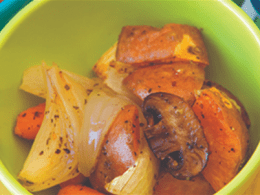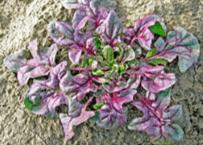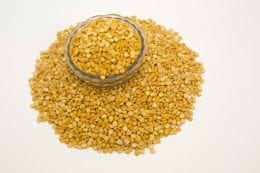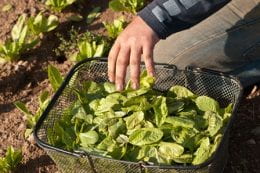 A gardening favorite to plant in the spring is leafy vegetables such as lettuce, spinach, arugula, and many others. They provide a lot of crunch and color to any meal. Packed with nutrients, they can help protect you from some chronic diseases.
A gardening favorite to plant in the spring is leafy vegetables such as lettuce, spinach, arugula, and many others. They provide a lot of crunch and color to any meal. Packed with nutrients, they can help protect you from some chronic diseases.
Handle and prepare all leafy greens safely before consuming as there have been foodborne illness outbreaks associated with these fresh foods. Most of these are never heated prior to eating, so it is important to rinse them under running water. Do not soak in water as this can spread contamination. Research has shown that rinsing in water helps remove most bacteria and dirt. Use these steps.
- Wash your hands with soap and water before and after preparing leafing greens.
- Remove bruised or damaged leaves. Remove outer layers of cabbage and lettuce heads.
- Rinse leaves under running water. Rub gently with your fingers for better results.
- Dry leaves in a salad spinner or with a clean paper towel to remove moisture.
Source: www.cdc.gov/foodsafety/communication/leafy-greens.html
Photo: USDA Flickr
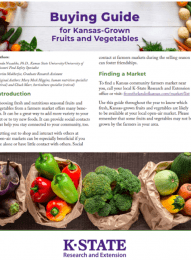 As local farmers markets make plans to open for the growing season, shoppers can plan ahead by knowing what is available at different times of the year.
As local farmers markets make plans to open for the growing season, shoppers can plan ahead by knowing what is available at different times of the year.